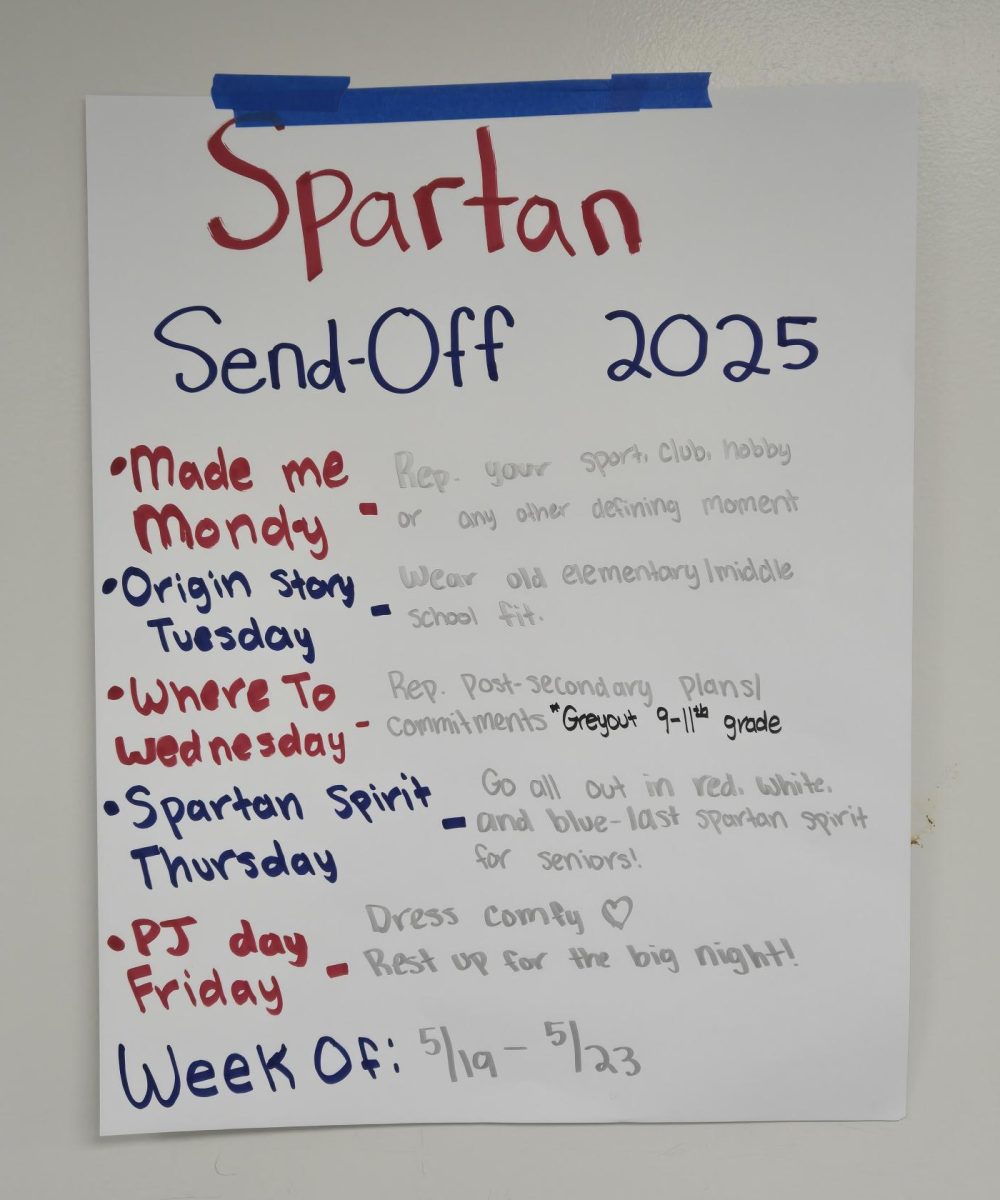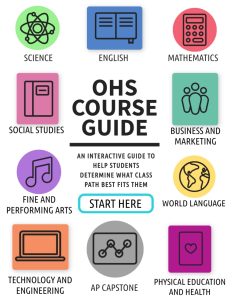Juniors Prepare to Take ACT
February 5, 2015
Junior year is said to be the hardest in high school because of the course load and thoughts about future plans. In order to pursue these plans, students must prepare and take the ACT, which is a national college admissions exam that tests one’s skills in English, reading, math, science, and writing. This test challenges a student by not only testing them on their knowledge, but also how fast a student can complete each given subject. “Time management is a big thing to work on,” senior Ethan Larson said.
In total, the ACT has 215 multiple choice questions and takes about four hours to complete, if taking the writing portion of the test. This time also includes short breaks to talk among friends and eat a quick snack.
The ACT is administered on six test dates throughout the U.S. including Canada, Puerto Rico and other U.S. territories.
Many students wonder when they should take the test. The ACT official website recommends that a student should pick a test date that is at least two months in advance of application deadlines. This is suggested because scored with the ACT without the writing writing section will receive their score within two to eight weeks after the test day. Students who took the ACT along with the writing section will receive their score within five to eight weeks.
“Take the ACT later in your sophomore year or early junior year to get a baseline score,” Larson said. A great opportunity to see what questions someone has gotten wrong, a student can get a copy of the test questions and the corresponding answer key through the Test Information Release (TIR). This is a great opportunity for students to know what they got wrong and can learn from it.
There are several tips that many students should know before taking the ACT. A big one is to relax the night before the test because it tests the knowledge that is accumulated throughout the year.
There are many specific tips to know about each category on the test. Below are tips from professionals and Orono High School students that have experienced the ACT already. “Do not get caught up on a problem because time is limited but at the same time don’t rush and make a dumb little mistake,” senior Grace Lynch said.
English:
Read each sentence or paragraph carefully in your head. Usually a word or phrase that contains an error will sound wrong. Look for the most common types of errors, such as errors in the relationship between the verb and its subject, pronoun errors, and sentence structure errors.
Math:
A big tip to remember for the math test is that when you find the right answer, mark it and then move on to the next one. If you find yourself spending an excess amount of time on one problem, then make your best guess and move on. As you work through the problems, you will be given reference information, such as formulas and facts. The important thing is to know how to use each approach them. If you are stuck, try substituting numbers for the variables that are given to you. A good tip is to start with the middle number, so then you can strategically choose one thats lower or higher.
Reading:
Focus on the big details in each passage. Try to connect ideas within each passage. To get through each passage faster, find the questions that ask, “In lines 31-35…” and then write the corresponding number of the question next to lines 31-35.
Science:
In the science section, focus on the graphs that correspond to each question. The science section was harder [for me] than reading, math, and science. Most of the time you will not even have to read the detailed paragraphs between the graphs, because the answer can be found right on the graph. Focus on what’s being measured, relationships among variables, and trends in data.
Writing (Optional):
The essay is scored based on an overall impression. Usually, it is scored among two different people, out of six. The two scores are added for a total of 12. If the two scores are completely different from each other, a third person will score the essay. “There are no specific tips for the essay,” junior Alex Kill said. To make the impression a good one, organize your ideas into a standard essay format. A five paragraph essay is the best way to go. This includes an introduction, supporting paragraphs, and a conclusion.
College admission offices use a student’s ACT score that’s made up of the four categories (english, math, science, reading). The four subscores are averaged out of 36. Traditionally, schools have taken the average composite score instead of picking out the highest subscores, but now this is changing.
The sub-scoring policy takes place when a student takes 2 or more ACT tests and is where a college selects the highest subscore of the four categories. This can create a more impressive score. “I think that all colleges should use superscore,” junior Sam Sustacek said.
Below is a list of the colleges that superscore the ACT:
Albion College
American University
Amherst College
Babson College
Baylor University
Beloit College
Birmingham Southern College
Boston College
Brandeis University
Bryn Mawr College
Butler University
California Institute of Technology
California State University System
Capital University
Colby College
Colgate University
College of the Holy Cross
Connecticut College
Davidson College
DePauw University
Duquesne University
Eckerd College
Elon University
Florida Atlantic University
Florida Gulf Coast University
Florida State University
Georgia Tech
Grinnell College
Hamilton College
Hampden-Sydney College
Haverford College
Hawaii Pacific University
Hendrix College
High Point University
Hollins University
Indiana University-Bloomington
Johns Hopkins University
Kalamazoo College
Kenyon College
Kettering University
Lafayette College
Lawrence University
Loyola University in Maryland
Middlebury College
MIT
Millsaps College
NCAA Clearinghouse
New York University
Northeastern University
North Carolina State University
Franklin W. Olin College of Engineering
Pepperdine University
Pitzer College
Pomona College
Regis University
Roger Williams University
Rose-Hulman Institute of Technology
Saint Mary’s College, Notre Dame
San Diego State University
Seattle University
Seton Hall University
Spring Hill College
Texas Christian University
Towson University
Trinity College
Trinity University
Troy University
Tufts University
United States Naval Academy
University of Arkansas – Fayetteville
University of Chicago
University of Colorado – Boulder
University of Connecticut
University of Dayton
University of Delaware
University of Denver
University of Georgia
University of Illinois ***
University of Louisiana – Lafayette
University of Maryland
University of Massachusetts Amherst
University of Miami
University of North Carolina Chapel Hill
University of North Texas
University of Puget Sound
University of Rhode Island
University of San Diego
University of South Florida
University of Tampa
University of Tennessee – Knoxville
University of Vermont
University of Virginia
Valparaiso University
Vassar College
Virginia Tech
Washington and Lee University
Washington State University
Washington University – St. Louis
Wesleyan University
Wheaton College
Williams College
Xavier University



























































